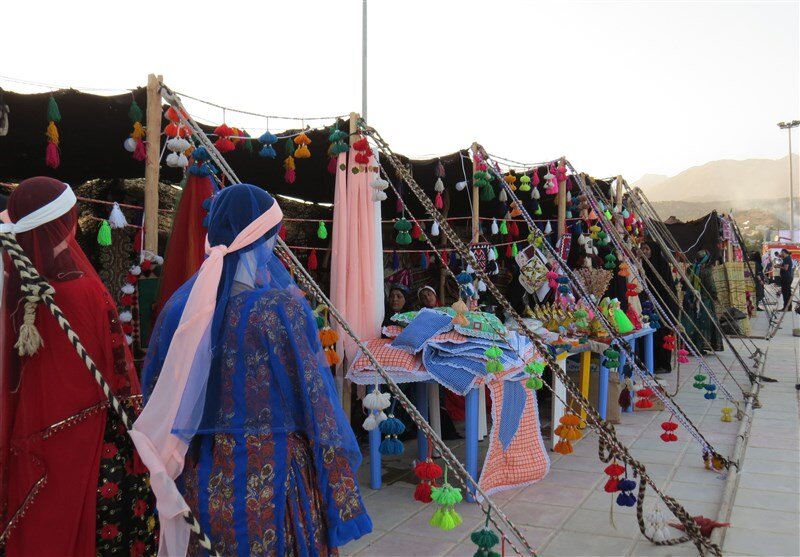Tribal charm fills the air in Ardabil’s picturesque plains

TEHRAN – A tribal festival of vibrant culture and rich heritage is currently underway amidst the picturesque plains in Ardabil province.
Here, colorful tents dot the landscape, each serving as a hub of activity and hospitality. From traditional music and dance performances to artisanal crafts and culinary delights, there is something to enchant every visitor.
Taking place during the enchanting spring season, typically in the month of Ordibehesht (April-May), the event offers a captivating glimpse into the nomadic way of life of the Shahsavan tribe, which serves as a cornerstone of Ardabil's cultural identity.
With approximately 15,000 households and a population of around 80,000 people in Ardabil province, this annual migration remains a touching reminder of the timeless traditions that have shaped the region for centuries.
According to organizers, on the festival grounds, where a bustling array of booths awaits, visitors are invited to explore a treasure trove of handicrafts, artisanal goods, and savory dairy products, each telling a story of craftsmanship passed down through generations.
Moreover, guests have the chance to experience the soul-stirring melodies of Ashiq music, witness symbolic nomadic migrations, and partake in bridal ceremonies steeped in tradition.
The Shahsavan tribe stands as a testament to the rich tapestry of Ardabil's cultural mosaic. From pastoralists roaming the lush pastures to the Shia Shahsavan, who speak Azaeri language, their nomadic lifestyle has endured through the ages, rooted in a deep connection to the land and its bounty.
Mughan Plain is home to natural wonders and historical landmarks. From the tranquil waters of Lake Shahrak-e Mughan Dam to the imposing Ulutan Castle, and from Dasht-e Hamisheh Bahar (Forever Spring) plains to verdant green mountains, and the winding Aras River, each attraction offers a glimpse into the region's storied past.
Iranian nomads live in other provinces such as Fars, Chaharmahal-Bakhtiari, Khuzestan, and Isfahan. They usually change between their winter quarters in steppes (Qishlaq or warmer areas) and summer quarters in green mountainous regions (Yeylaq or cooler countryside).
AM
Leave a Comment